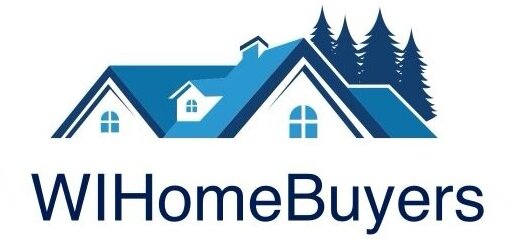Choosing the right flooring for your rental property can make a significant difference in long-term maintenance costs, tenant satisfaction, and even resale value. With so many options available, it’s important to weigh the pros and cons of each type of flooring based on durability, appearance, ease of cleaning, and price.
In this post, we’ll break down the best flooring types for rental homes and apartments to help you make an informed decision that keeps both your bottom line and your tenants happy.
1. Luxury Vinyl Plank (LVP)
Best for: High-traffic areas, pet-friendly units, and budget-conscious landlords
Luxury Vinyl Plank (LVP) has become a favorite among landlords for good reason. It mimics the look of hardwood at a fraction of the cost and is highly resistant to water, scratches, and dents. It’s easy to install—many planks simply click together—and can even be laid over existing flooring in some cases.
Pros:
- Affordable and durable
- Water-resistant or waterproof versions available
- Attractive, modern appearance
- Low maintenance
Cons:
- Can feel less warm or natural underfoot than real wood
- May not add the same resale value as hardwood
LVP is ideal for rental units because of its durability and versatility. Whether it’s a single-family home or a multifamily apartment, LVP can stand up to a lot of wear and tear while still looking great.
2. Laminate Flooring
Best for: Living rooms, bedrooms, and budget upgrades
Laminate flooring is another cost-effective option that mimics the appearance of wood or tile. While it’s not as waterproof as vinyl, modern versions have improved water resistance and better durability.
Pros:
- Affordable
- Easy to install
- Attractive finishes available
Cons:
- Not waterproof (though water-resistant options exist)
- Can chip or scratch more easily than LVP
Laminate works well in spaces that don’t see a lot of moisture, like bedrooms or upstairs units. It’s a step up from carpet in terms of perceived value and can be a smart choice when renovating on a tight budget.
3. Tile (Ceramic or Porcelain)
Best for: Bathrooms, kitchens, and high-moisture environments
Ceramic or porcelain tile is a classic flooring option, especially in wet areas like bathrooms and kitchens. It’s tough, easy to clean, and water-resistant. However, installation costs can be high, and tile can crack under heavy impact.
Pros:
- Extremely durable and waterproof
- Easy to clean
- Timeless appeal
Cons:
- Higher installation cost
- Cold and hard underfoot
- Can be slippery when wet
Tile is a good long-term investment in high-moisture areas. If you’re planning to hold the property for years and want low-maintenance flooring in kitchens or bathrooms, tile might be the way to go.
4. Carpet
Best for: Bedrooms, budget rentals, and units catering to families
Carpet is soft, warm, and appealing in bedrooms or colder climates. It’s also one of the most affordable flooring options to install. However, carpet tends to wear out faster and is prone to stains, odors, and damage, especially in pet-friendly rentals.
Pros:
- Comfortable and cozy
- Affordable upfront cost
- Noise-dampening
Cons:
- Prone to staining and wear
- Requires frequent cleaning and replacement
- Can harbor allergens
If you choose carpet, go for neutral colors and a mid-grade product that balances cost with durability. Consider using carpet only in bedrooms or low-traffic areas to reduce replacement frequency.
5. Engineered Hardwood
Best for: Higher-end rentals and long-term holds
Engineered hardwood offers a real wood surface layer on top of a manufactured base, making it more stable than solid hardwood and less susceptible to humidity-related expansion. It has a premium look that appeals to higher-income tenants and can elevate your property’s overall value.
Pros:
- Attractive, high-end appearance
- More stable than solid hardwood
- Can be refinished (depending on thickness)
Cons:
- Expensive compared to other options
- Still vulnerable to water damage
- May not be cost-effective for short-term rentals
This flooring is best for upscale units or long-term investments where aesthetics are a priority and you’re aiming to attract higher-paying tenants.
Final Thoughts
The best flooring for your rental property depends on your budget, tenant profile, and how long you plan to hold the asset. For most landlords, Luxury Vinyl Plank strikes the right balance between durability, appearance, and affordability, making it a top pick. Tile is unbeatable in wet areas, while carpet still has a place in specific scenarios. When in doubt, prioritize materials that can withstand tenant turnover and minimize maintenance headaches.
Updating your flooring might seem like a simple change, but it can dramatically impact your property’s rental appeal—and your ROI. Choose wisely, and your floors will serve you (and your tenants) well for years to come.
Are you thinking about selling your home? If you’re a homeowner in Green Bay looking sell, WIHomeBuyers can provide a fair offer, coupled with exceptional service. Contact us today at (920) 360-1252.
